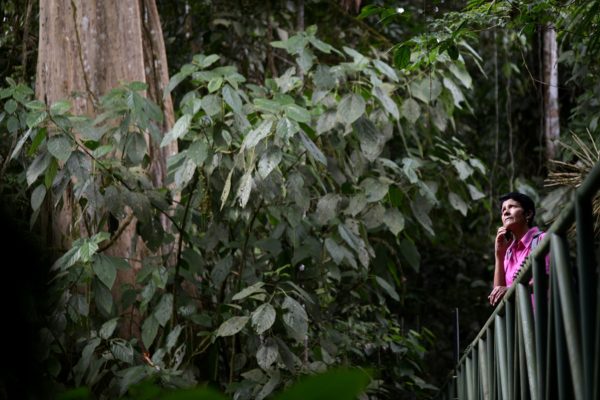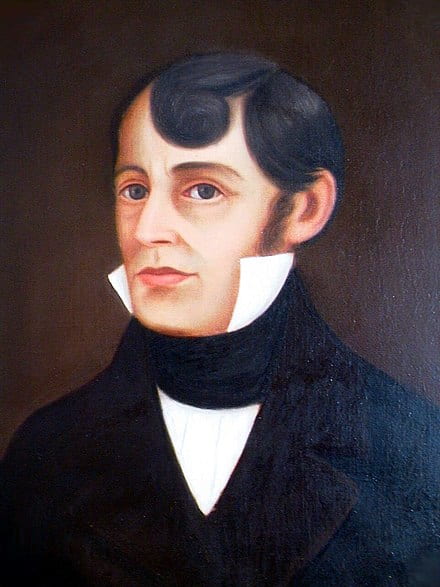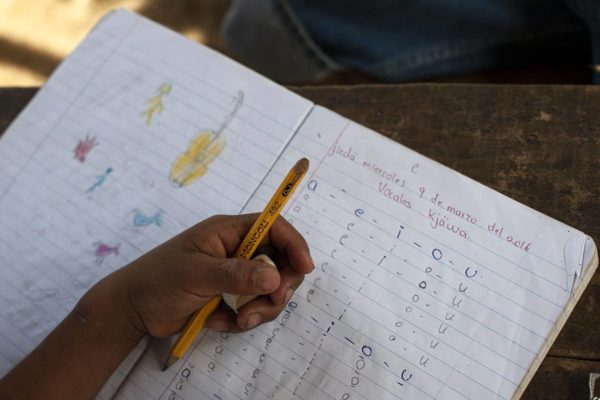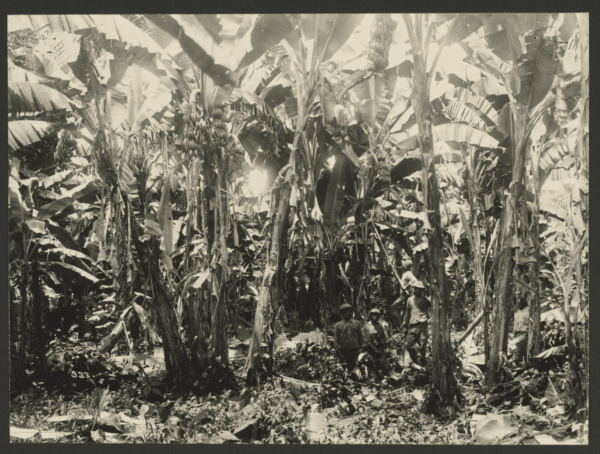A Treasure Chest of Discoveries

Photograph by José Díaz
HAVANA TIMES – At the beginning of the 16th century, the territory that is now as Costa Rica was part of a spatial limbo between what was known as Castilla de Oro y Veragua. As far-fetched as it might seem, the lands held by the Duke of Veragua belonged to the descendants of Admiral Colón, and in 1556 don Luis Colón—his grandson and Duke of Veragua —gave these possessions to the Spanish Crown.
This fact, as Costa Rican scholars Claudia Vargas y Margarita Bolaños assure us, was what finally “could finally define with greater clarity the destinies of our territory.”
It wasn’t until 1561 that Juan de Cavallón—and later, more successfully, Juan Vázquez de Coronado—conquered what is today Costa Rica. According to historian Carlos Meléndez, Vázquez de Coronado, a Spanish noble and illegitimate son, didn’t get a mention in the history books until 1851.

From that history and with documentation, emerged the idealistic portrait of a conquerer who was “more human, more gentle in the treatment of the Indians” was formed (Manuel María Peralta, 1883), later reinforced by declarations such as “the Mayor achieved submission more by persuasion than by force” (Francisco Montero Barrantes, 1892), a conquerer who is praised “above all for his generous and understanding nature” (Ricardo Fernández Guardia, 1909).
What is certain is that Costa Rica was conquered and its territory defined quite late. It was one of the last frontiers to be conquered. And the Spanish colonizers who arrived to the rugged land were less privileged than in other conquered lands.
Is Costa Rican exceptionalism to be found in this history? Is Costa Rica really different? It’s a matter close to my heart. In my four years as President of Costa Rica (2018-2022) and now teaching at the Fletcher School, at Tufts University, I’ve come to seek the answers not in one single place, but as a marvelous treasure chest of discoveries. Each of the discoveries has a value of its own, none is sufficient to explain the whole, but their connection forms a network that can provide some tentative answers about what makes my country different.
Heterodox Pragmatism I
Among these discoveries, one can appreciate different aspects of our singular history.
In 1869, the Constitution mandated that “Primary education for both sexes is compulsory, free and paid for by the State.” This ruling put education for both boys and girls at the center of the country’s aspirations.
In 1882, the death penalty was abolished in the country. María Emilia Solórzano Alfaro, the wife of the then-dictator General Tomás Guardia, spearheaded the movement. She experienced the death penalty up close, as her brother Lorenzo was killed by a firing squad for participating in a failed coup attempt.
The death penalty was used in political cases. Maria Emilia is remembered because she mobilized women to defend the lives of military prisoners. Finally, in 1882, Guardia decreed human life inviolable, a mandate that since has been an integral part of the country’s constitution.
In 1884, San José became the first Latin American city with electric lighting when 25 lamps were lit in the center of the capital. In 1882, the government had given Manuel Victor Dengo a concession to develop the hydroelectric plant that led to illuminate the bulbs.
Juan Mora the Teacher and John Quincy Adams the Diplomat
The abolition of the death penalty, the right to education and public access to street lighting came about in a historical context that established certain core values.
In 1824, only three years after independence, Costa Rica’s population was estimated at 61,746 inhabitants. Teacher and merchant Juan Mora Fernández was the first head of state. He was a man who would say things like “[since] the principal basis of a free government is showing its accomplishments and its progress should be given through the edition of newspapers, citizens are invited to establish newspapers in any town throughout the state.”
Mora Fernández gave out coffee seedbeds to stimulate the economy, asserting, “I want the state to be happy for peace, strong for the union, and that its children can cut one more ear of wheat daily and cry one less tear.”
During this period, John Quincy Adams was the sixth president of the United States and former Secretary of State to President James Monroe; he knew very well Europe’s imperial behavior. Because of this, he designed and proposed a doctrine, which President Monroe made official with his own name in a speech to the U.S. Congress in 1823: “[A]s a principle in which the rights and interests of the United States are involved, that the American continents, by the free and independent condition which they have assumed and maintain, are henceforth not to be considered as subjects for future colonization by any European powers. . .”
A new page in the region’s history had begun.

Costa Rica’s Relationship with a Powerful Neighbor
Eighty years from the declaration of the Monroe Document, much had occurred. The United States has expanded its territory from east to west, and it was now a major contender with the Europeans in the struggle for power.
The 20th century began with the Roosevelt corollary, an addition—nothing minor—to the doctrine conceived by John Quincy Adams. In President Theodore Roosevelt’s 1904 Congressional message, he spelled out that in addition to the demand that European Powers not intervene in territories in the Western Hemisphere, but that “the cases of chronic wrongdoing” in the region, “may force the United States, however reluctantly…to the exercise of an international power.”
This event marks history and is present up until today in one form or another, whether it be in democratic traditions, migrations, diasporas or baseball.
Cuba was militarily intervened in 1898 and 1902, Haití between 1915-1934, the Dominican Republic between 1915-1924, Nicaragua between 1912 and 1933, Panama with the 1936 Hull-Alfaro treaty that gave the strip of the Canal to the United States, Honduras with interventions in 1907, 1911 and 1924.
After World War II, when the United States established itself as the foremost capitalist power, and in the confrontation of the Cold War, the corollary became even more prominent against the threat of Communism.
The overthrow of Jacobo Árbenz in Guatemala through the intervention of the CIA in 1954, the intervention in the Dominican Republic yet once again in 1965, and the degrees of military presence in El Salvador, Honduras and Guatemala and against the Sandinistas in Nicaragua after they assumed power in 1979 were all reflections of this corollary.

Costa Rica counted with the presence of the United Fruit Company—a U.S. company whose interests had been protected thro


